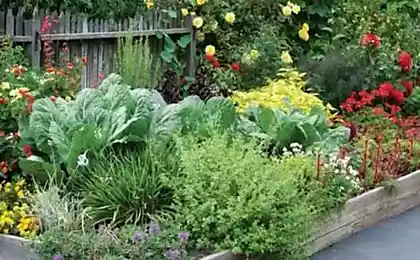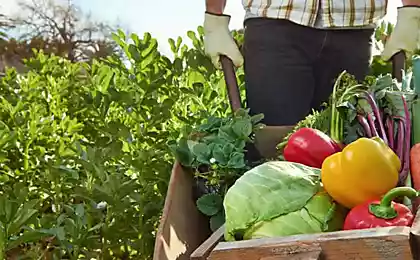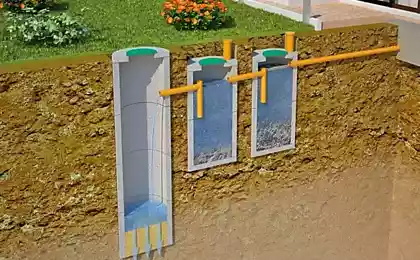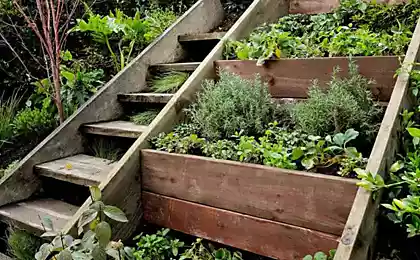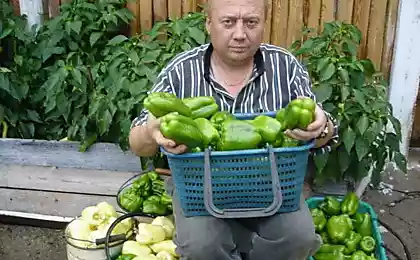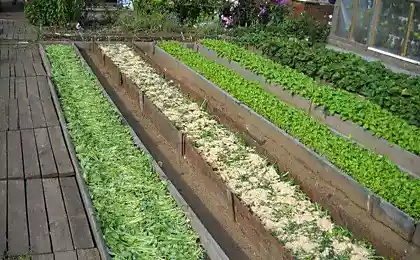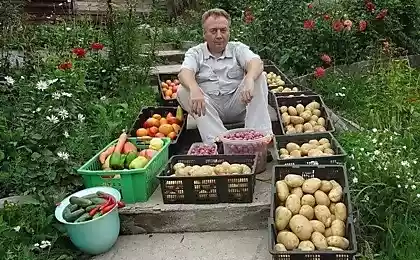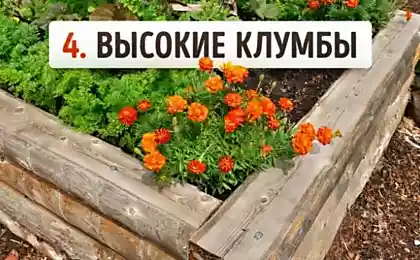687
Snowladies capillary beds is the perfect solution for Your garden

Snowladies capillary beds are considered to be one of the most effective and sustainable organic farming methods, low soil quality. The beds are especially popular in the yards near the buildings where the soil is very compacted and covered with construction materials.
Bad soil, very common problem, especially in the suburbs. Sometimes, to grow food on this basis is not only difficult, but dangerous.
In any case, elevated capillary beds is a great way to get around the limitations imposed by the quality of the soil, and can give a lot soil fertility and good yields, as well as to allay concerns to human health from contaminated soils.
Raised beds have several advantages:
- especially for people who do not have much experience on the ground.
- there are relatively few weeds or grass;
- longer growing season ( the soil warms up in early spring, and can be easily protected in case of bad weather);
- makes the garden neater ;
- they greatly reduce the amount of time required for irrigation;
- reduces water consumption by 50%;
- when growing tomatoes capillary beds do not allow the occurrence of different diseases because the moisture does not fall on the leaves or on the stem, and directly feeding the root system.

The capillary bed consists of two layers:
- The bottom layer is permeable bulk building materials: gravel, gravel, expanded clay, coarse sand (1/3 of the height of the structure).
- The top layer of fertile soil mixture (2/3 of height).
Under the bottom layer of the PVC pipe creates a drip system that feeds moisture to the water sump. Then the moisture is transmitted up to the principle of the wick through the dew collector to the soil and feeds the plants.Thus, the plants in the garden constantly have access to water. And to the surface of the earth did not dry up, mulch it with peat, compost, straw, pine needles.
How to build snowladies beds
1. Make the bed-a box of scrap materials or tearing a shallow trench.
2. Do waterproofing. First, attach any non-woven material to the box beds. He is a pillow of polyethylene and should protect it from sharp edges. On top of netchange Staley dense polyethylene (it may be a special film for the pool, but not necessarily).
3. Again cover with a polyethylene non-woven material, now to protect it from damage by gravel.
4. On the bottom horizontally placed plastic pipe or corrugated hose. At the end of the garden take the tube vertically. It will pour water to fill the reservoir. In the pipe (or hose) you need to pre-cut drainage holes.

5. The other end of the horizontal pipe is closed by a plug. And just above it in the box beds of the hole to prevent water overflow.
6. Pour into a bed of gravel or coarse sand. Filled about 1/3 of the garden. It will be about 30 cm But may be less. Remember to cover the drainage pipe.
7. Again Staley nonwoven fabric. This time the canvas was separating fertile soil from the gravel.
8. Add the mixture prepared fertile: compost, forest soil, etc.
9. Raise the plants.
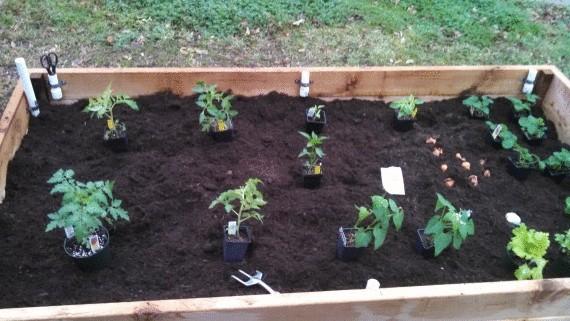
For watering this garden enough tube to fill with water once every 7-10 days. Moisture will constantly circulate around the circle: up to the plants and back to the reservoir.
As capillary beds tight, they can be put very close to each other, it saves space of your site.


When it's raining or shower beds provide good drainage, excess water is not delayed, and flows into the reservoir and out through the drain hole, so the soil dries out faster and becomes loose again. The soil is always loose and structured. And elevated form allows you to work without bending over the beds.

Capillary beds are more labor intensive than regular beds and they require some cost of all necessary.
In cold climates, capillary beds will freeze early in winter, so they need to close for the winter and spring before use to warm further (to close before operating the top with plastic wrap for a week and a half or spill hot water).published
P. S. And remember, only by changing their consumption - together we change the world! ©
Source: www.ecology.md
5 amazing recipes cutlets of lentils
Modern meals: eating only chemistry, not the brain to destroy themselves and others
